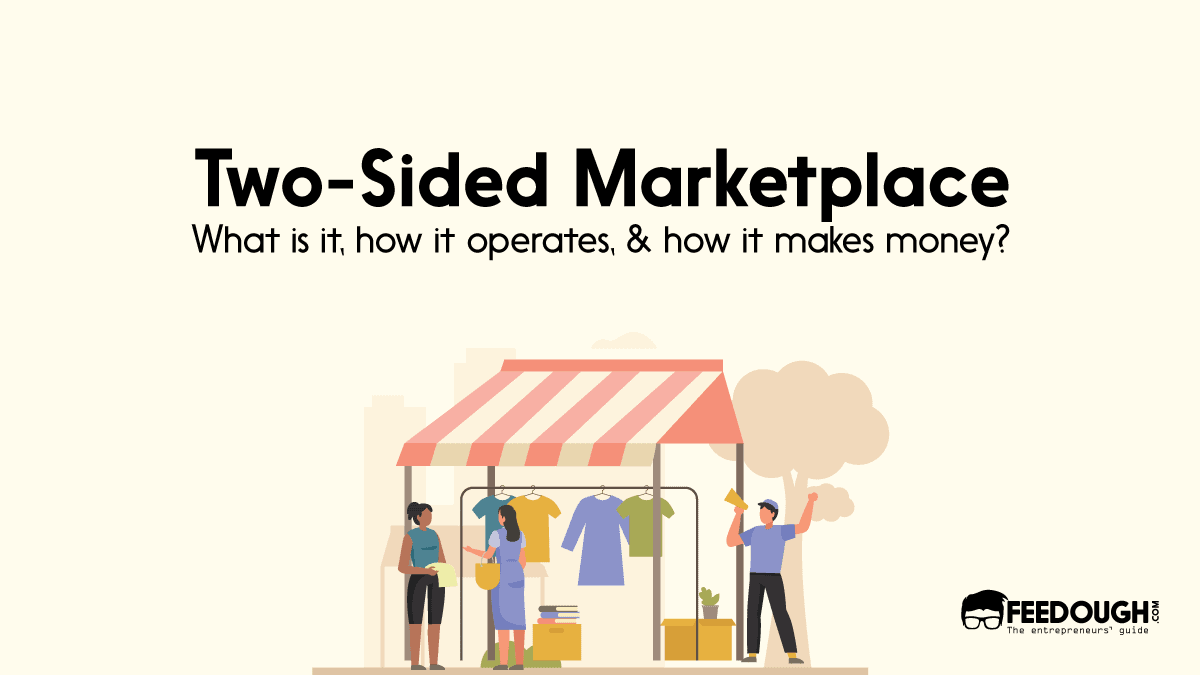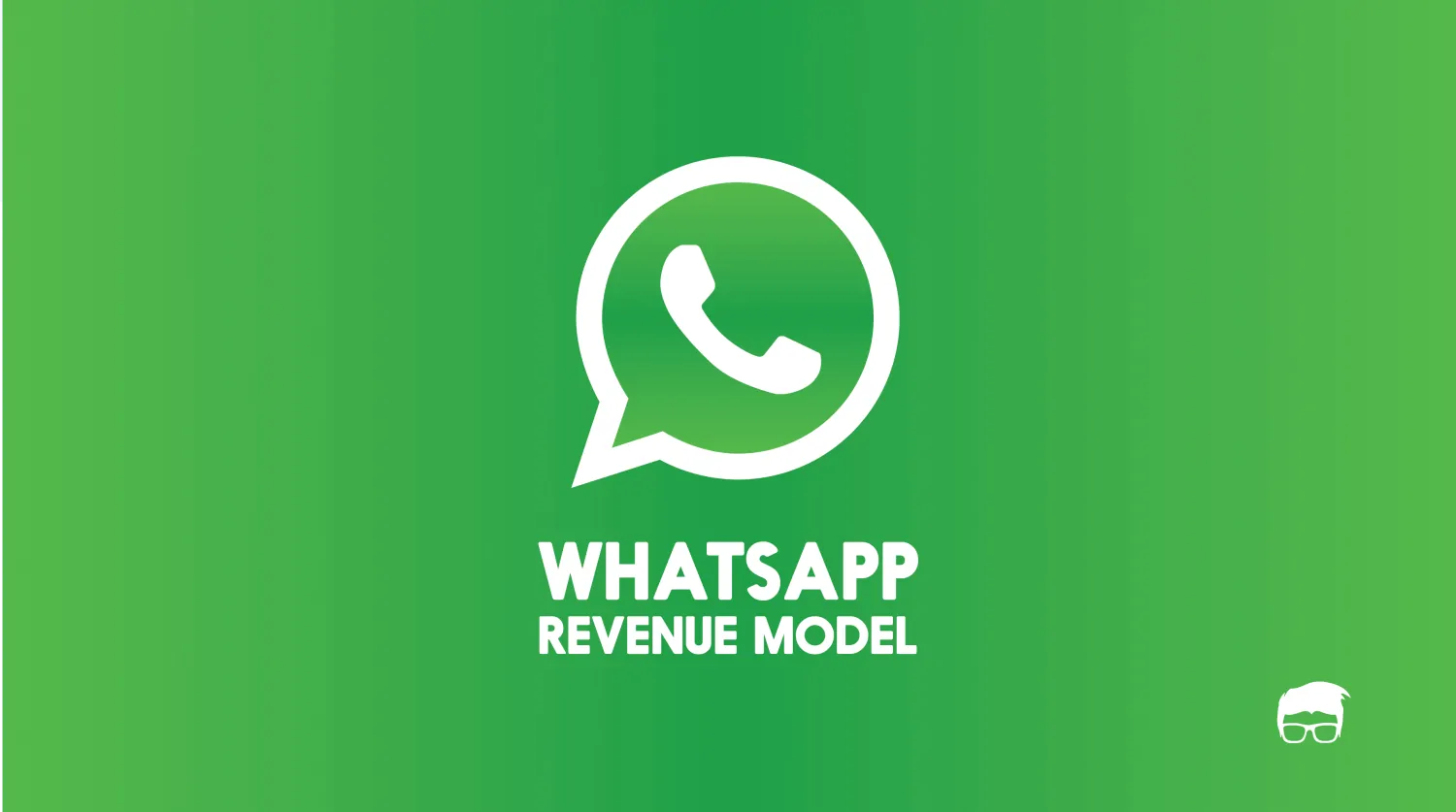Why do companies like Facebook, Whatsapp, Instagram, Snapchat, etc rule their respective niches without any fear of their competitors? Or rather, why you don’t want to switch to a different platform than these?
It’s all because of a phenomenon called the Network Effect.
What Is Network Effect?
The network effect, also known as the network externality or demand-side economies of scale, states that a good or service becomes more valuable when more people use it.
Precisely, more the usage of the product or the service, more is its value. The phenomenon might seem simple intuitively, but there’s more to it than you might think. The network effect works in a particular manner and is a powerful tool for certain growing businesses.
How Does The Network Effect Work?
The network effect derives its economic value from two sources –
- Inherent Value: The value derived by the user from using the product.
- Network value: The value derived by the user from the network using the product.
To achieve network effect, the business has to focus on both – inherent value to get the initial users, and network value to increase its value.
The inherent value is important as the network effect becomes significant after only when the service has a certain percentage of subscribers on board. This certain percentage is called the critical mass.
Once this critical point has been achieved, the network value kicks in — the value obtained from the offering by the user is greater than or equal to the price he paid for it.
This works in a positive loop.
Every user which joins the network increases its value, which in turn, attracts more users, increasing the value of the network even more.
It can scale very rapidly.
The key to making this system work is not to focus on what happens after the loop has begun but before it. After the network effect starts working its magic, there’s not much needed to get more users. The challenge lies in getting users to join in before the critical mass is hit.
Some companies rely on extrinsic motivation, like a payment to join or refer, a fee waiver (like WhatsApp), or a request for friends to sign up (like Snapchat).
For some, even the sustainable method works well wherein their offering is valuable and disruptive enough, if not for all, at least for early adopters to start using. This is more efficient and effective as the product works for itself and it provides good fruit later on in the business. Then, as the number of users increases, it will get a wider user base.
However, caution must be taken to issues like congestion or saturation. As the network effect scales, the network itself can get overloaded. This will stop the uptake. Congestion is caused by overuse.
Before the congestion point, every added user adds value to the network. But after the congestion point, every other user decreases the value of the network. Take the telephone network for example. As the user base is below the congestion point, every user adds value to another user. But, if too many people join the system, the system can get overloaded and the network will reach saturation. Practically, this would lead to busy signals, poor customer service, etc. From here on, the positive effect of the network effect stops working and a negative one begins. The next critical point is where the value obtained again equals the price paid. The system needs to be enlarged or it will crash.
Types Of Network Effect
A network effect business model can be formed in many ways. Not all of them work the same way and they even create different results. These are the types of network effect business models that exist:
Direct Network Effect
Also called the same-side network effect, the direct network effect is a phenomenon where an increase in usage leads to a direct increase in the value of the offering.
The telephone network is a good example – the more people have phones, the more valuable it becomes. Another example is online games which become more valuable with more participation of gamers.
Indirect Network Effect
Also called the cross-side network effect, the indirect network effect is a phenomenon where an increased usage of one product leads to an increased value of a complementary product or the network, which in turn, adds value to the original product.
Examples of the indirect network effect are operating systems like Windows and Android. The increased usage of these OS increases the value of the applications made to run on these platforms, which in turn, increases the value of these operating systems.
Two-Sided Network Effect
The two-sided network effect is a phenomenon that occurs in a two-sided market and exhibits the properties of both the same-side and cross-side network effects.
A two-sided market has two distinct user groups. Take Amazon for example. The company is a middleman that connects sellers to buyers and vice-versa. Such companies experience a two-sided network effect.
With an increase number of buyers, the sellers increase resulting in a positive cross-side network effect. But with an increased number of sellers, the competition becomes severe, thus resulting in a negative same-side network effect.
It’s the same with Uber and Airbnb as well. With the increased number of buyers, the business partners increase but with the increased number of business partners, the competition increases, and some partners drop out.
Network Effect Examples
The reason Facebook rose to the top and is still at the top is because it understood the importance of network effect for the business.
The platform provided a high intrinsic value to the users who wanted something smoother than Myspace, Orkut, and other other complicated and heavy social media platforms.
Once on board, the users did the rest. They referred their network to try the platform because of the Facebook’s intrinsic business model which promoted better experience with more users on board.
As the years passed, many competitions came to the market but Facebook’s position was untouched because no other company today has as big a network as Facebook. Users are hesitant to try a new network as they think their network won’t get to a new network as it is already comfortable with Facebook.
The company also makes sure that it adds any new feature that’s in the market to its platform so as to not even let its users try the new platform.
I think that network effects shouldn’t be underestimated with what we do as well.
– Mark Zuckerberg
WhatsApp, even though started as a status application, soon became the number one internet messaging application surpassing Facebook Messenger. The company invited the critical mass by acting as a great alternative to the then famous SMS messaging, and waiving off its joining fee.
This free alternative saved a lot of costs of the users which made them refer others on it automatically. Once on board, the network effect kicked in which proved to be a shield of WhatsApp against any competitor that tried to copy its business model.
Bottom-Line?
The network effect is a really powerful technique for a successful business. All the great entrepreneurs that used this in their business strategies scaled to unimaginable heights. In this generation, where almost everything is dependent on technology and media, using the network effect is rather simple and genius. All you require is to have the next big idea, and with this effect in your favour, you too can become the next big success story.
Go On, Tell Us What You Think!
Did we miss something? Come on! Tell us what you think about our article on Network Effect in the comments section.
A social entrepreneur who loves to read books on self-help, motivation, businesses, entrepreneurship, and social dynamics. To me a life without health, wealth, love, and happiness is a life not worth living.

![How To Harness The Power Of Network Effects [Actionable Guide] the power of network effect](https://www.feedough.com/wp-content/uploads/2021/07/the-power-of-network-effect.webp)






